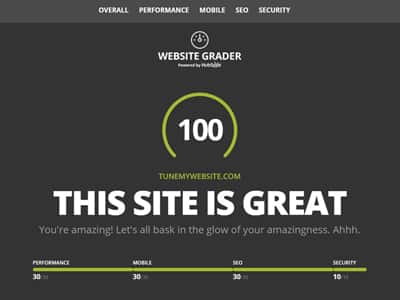Several Wall Street analysts question Netflix advertising business: the platform's growth potential outside the US is "not at all clear."
Viewers may soon accept Netflix's ad-supported version in exchange for a cheaper subscription price, but does Wall Street believe what the streaming service is selling?
Netflix's plans for an ad-supported plan are already underway. The company has partnered with Microsoft to help sell its inventory in the short term and recently hired 2 senior executives from Snap to build the sales business in the future. According to the Wall Street Journal, the launch of the ads on Netflix is scheduled for November in some countries, although the official date is early 2023.
After a couple of difficult quarters marked by the gradual saturation in the key markets of the United States and Canada, more than a million subscriber losses, hundreds of layoffs and a massive drop in the share price, Netflix has ceased to be the favorite of Wall Street.
Netflix advertising business
In addition, some are skeptical about the ability of an advertising layer to attract new subscribers; on the other hand, Netflix's cheapest option, of between $7 and $9 a month in the US, can convince viewers who pay up to $15 a month to downgrade.
"We are not convinced that an ad-supported service that is a few dollars cheaper is what households are waiting for," Jefferies analyst Andrew Uerkitz wrote in a September 7 research note, referring to North American audiences. "Truly incremental auction growth is much more likely in less penetrated regions."
But some equity analysts are optimistic about the new service, given the economic climate.
"An impending recession at the end of 2022 or 2023, as well as persistent inflation in basic items such as food and energy, will likely cause consumers to look to cut spending," Macquarie analyst Tim Nollen wrote in a note to clients, also on September 7, raising his opinion on the stock to neutral.
Netflix advertising business comments
"We believe that these economic factors, together with increased competition in the streaming space, will allow the right market conditions for Netflix's cheaper, ad-supported service," he said.
Nollen highlights the studies that point to the growth of the video on demand with advertising (AVOD) market in the United States and the stagnation in the subscription streaming space.
Netflix's recent price hike to $15.49 a month, up from $13.99 at the beginning of 2022, meant that "customer satisfaction with the value experienced its largest decline in a quarter, and the planned cancellation due to the price increase experienced its largest increase," according to Kantar.
However, an AVOD level could prevent Netflix subscribers, worried about money, from unsubscribing directly, as well as recover those who have abandoned their accounts, the company also notes in its analysis.
According to Nollen's estimates, Netflix's advertising slot could generate up to $8.5 billion in revenue by 2025.
Analysts at Morgan Stanley wrote that Netflix investors "will have to be patient" while the new ad service rolls out, and called the company "a bit of a victim of its own success," given that the firm estimates that Netflix is already present in 60% of homes with broadband access in the United States.
Netflix advertising business statements
"Depending on how Netflix sets prices and markets the ad-supported service, it may take longer than expected to build an ad-supported subscale large enough to earn significant advertising revenue," the bank's analysts wrote on September 9, offering an equally weighty rating on the shares.
"In addition, the opportunity for Netflix to drive incremental revenue growth from an advertising tier outside the U.S. is far from clear," they added.
As for the opinion of Madison Avenue, where executives literally buy what Netflix sells, some advertisers have said that they are not satisfied with the company's initial proposal for its advertising level, and complain that the offer seems hasty and excessively expensive.
Netflix is looking for an expensive CPM (cost to reach 1,000 people) of $ 60, but without the features offered by most other platforms, such as the possibility of using third-party services to prove that the ads reached their target audience.
Netflix has boasted that its service will fix many of the problems prevalent in television; for example, the company has told some media buyers that it will recruit a wide enough variety of advertisers to prevent viewers from seeing a ton of repeat ads.
Netflix advertising business limitations
"The frequency limitation is something I would like streaming services to be better at," one ad buyer, who spoke on condition of anonymity so as not to jeopardize his relationship with Netflix, told .
"They think everything they do on Netflix is unique," this person added. "It's not. There's literally nothing unique about Netflix."
Still, the buyer said the promising thing about Netflix's plan is that, as a mature platform, it should give advertisers who have been cautious about investing their advertising dollars in a new streaming platform — and therefore stay away from CTV in general - a reason to move budgets there.
"This legitimizes the entire sector," this person said.
